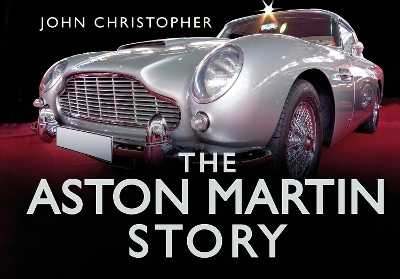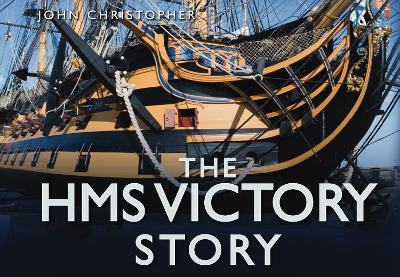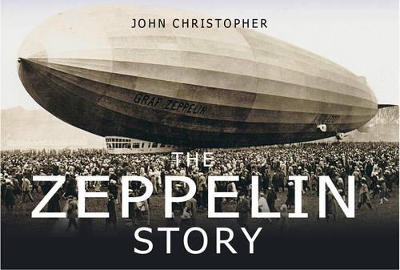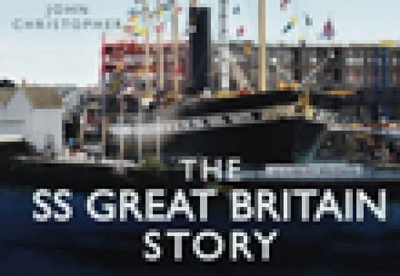Story
9 total works
John Christopher takes a fresh look at 100 years of Britain's most iconic car company, Aston Martin. From the origins of the Aston Martin marque, through the gadget-laden stars of numerous James Bond films, to the prestigious super-cars that continue to be market leaders throughout the world. Aston Martin was nearly called Bamford Martin, as founders Lionel Martin and Robert Bamford were already selling cars together, but in the end the company was named after the Aston Hill speed hill-climb near Aston Clinton in Buckinghamshire. Their first car was produced in 1915 but war and financial troubles often tempered progress and the company went through various changes in ownership on its way to becoming the global icon it is today. Following the typical Story book format, this sleekest of cars is celebrated with a wealth of colour photographs, facts and statistics.
John Christopher takes a fresh look at the design and construction of the Mary Rose, her illustrious naval career and the reasons behind the sinking. He also tells of the incredible salvage mission to recover the famous ship and the preservation of a fascinating and unique time-capsule of life in Tudor times.
Even before the Apollo astronauts had stepped on to the surface of the Moon, NASA's engineers were drawing up plans for a reusable space vehicle to replace the expendable and expensive rockets. The answer was STS – the Space Transportation System – a 'space plane' to be known as the Space Shuttle. First flown in 1981, the Shuttle is the most complicated flying machine ever devised. It has been the stalwart of NASA's continued manned spaceflight programme for almost thirty years, with well over 100 successful missions including the construction and provision of the International Space Station. This success has come at a high price with the loss of eleven astronauts in the Challenger and Columbia disasters, forever burned into the memories of the watching world. With NASA due to retire its ageing fleet in 2010, this book tells the fascinating story of the Space Shuttle from its inception to the shape of things to come and through triumph and disaster.
Constructed from the wood of over 6,000 trees HMS Victory was designed as a ‘first-rate ship’, packing a formidable punch with over 100 guns arranged over three decks. Immortalised as Admiral Lord Nelson’s flagship in the Battle of Trafalgar, after bringing Nelson’s body back to England the Victory sailed out on a number of expeditions until her retirement in 1812.
In a wonderfully entertaining narrative, and packed with fun facts, figures and over 100 colour photographs, author John Christopher recounts the story of this celebrated warship right up to its restoration project and current role as the centrepiece of Portsmouth’s historic docks.
Author John Christopher is a life-long transport enthusiast and a balloon pilot. He has previously written The Hunter Story and Balloons at War for The History Press.








